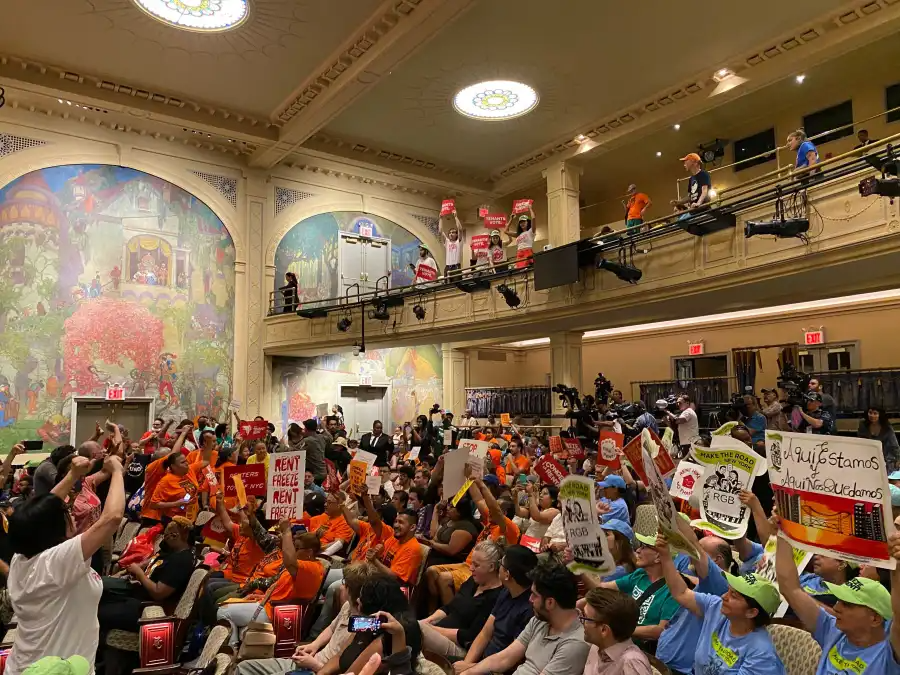Exploring Baisley Park, South Jamaica
Visitors unfamiliar with southeast Queens will find a sweeping, green oasis in Baisley Pond Park, which sits on an irregular plot between Foch, Sutphin, Rockaway and Baisley Boulevards. The park’s 110 acres offer baseball, softball and cricket fields in its southern extension between Rockaway Boulevard and the Belt Parkway, children’s playgrounds, catch and release fishing…


Visitors unfamiliar with southeast Queens will find a sweeping, green oasis in Baisley Pond Park, which sits on an irregular plot between Foch, Sutphin, Rockaway and Baisley Boulevards. The park’s 110 acres offer baseball, softball and cricket fields in its southern extension between Rockaway Boulevard and the Belt Parkway, children’s playgrounds, catch and release fishing in its large peaceful pond, and plenty of benches to laze on. This time of year the fall colors are beginning to blaze and the new promenade at the pond rim, with a dozen carven frogs, looks out over the mirrory pond and its collection of shorebirds.

On one of the playgrounds is what appears to be a sculpted elephant up to its shoulders in a tar pit. As you’ll see, this is actually a reference to a prehistoric-era find that civic engineers made here in the early 1850s, when they were damming three streams to build a reservoir that would assist with the city of Brooklyn’s water supply.

Baisley Pond, 1909. I’ve helpfully added modern street names. A number of place names in southern Queens reference water conduits: North and South Conduit Avenues, Aqueduct Raceway, etc. The names refer to a former aqueduct that the city of Brooklyn constructed in today’s Highland Park called Ridgewood Reservoir, which was decommissioned in the 1960s as a water source, but was once a main source of the city and later borough of Brooklyn’s water. The aqueduct ran between the now-demolished water works in Freeport and the Ridgewood Reservoir.

Today’s Baisley Pond, named for a mid-19th century farming family on which the pond was created, first appeared in the 1850s. When Brooklyn’s civil engineers were dredging the pond to make it deeper after its creation, remains were found of an American Mastodon including five molar teeth and a bone fragment, which were decades later dispatched to the American Museum of Natural History. The massive shaggy elephant-like creatures frequented southern Queens up until 10,000 years ago. The reasons for their disappearance are still debated, but likely have something to do with changing climate and the appearance in the area of the world’s most feared hunter — Man.
In 1909, when the map was produced, real estate developments such as Jamaica Park were beginning to appear. As the overall street grid knit together, the developments became less exclusive and were folded into the overall neighborhood. Such real estate development only intensified after both World Wars ended.
Besides the concrete frogs seen on the pond pavilion, real bullfrogs frequent the pond, as well as snapping and red-eared turtles, dragonflies and a full array of shorebirds including webfooted friends like geese, ducks and swans as well as blackbirds, cormorants, herons, egrets, doves, mockingbirds, robins, starlings, warblers, cardinals, and of course, the usual pigeons and sparrows.
Kevin Walsh is the webmaster of Forgotten NY and the author of Forgotten New York and, with the Greater Astoria Historical Society, Forgotten Queens.





What's Your Take? Leave a Comment